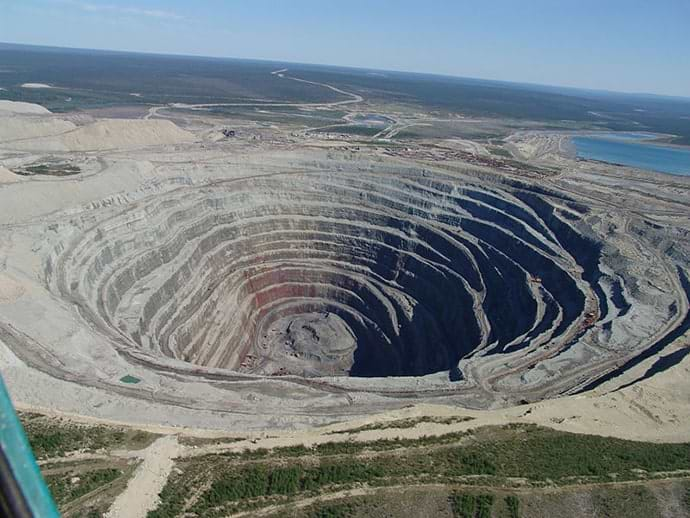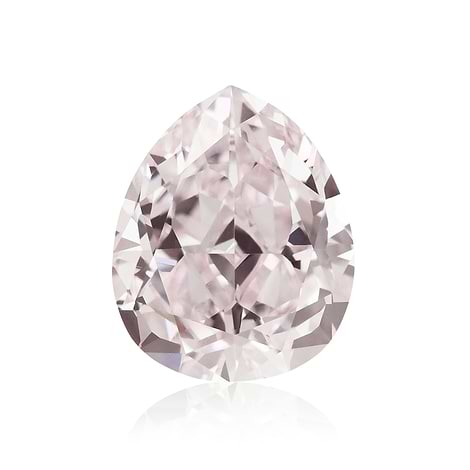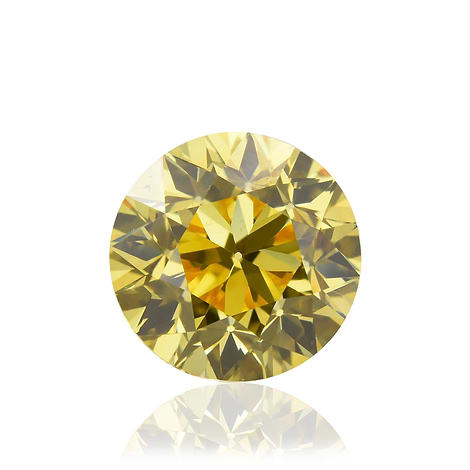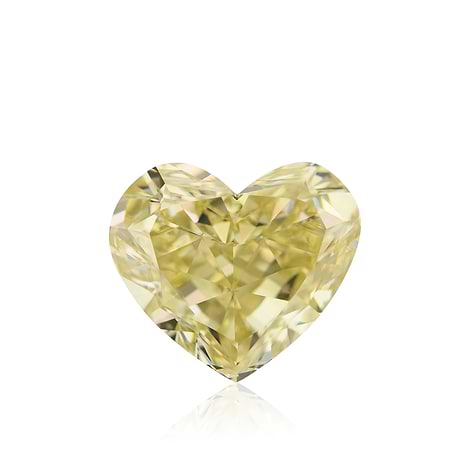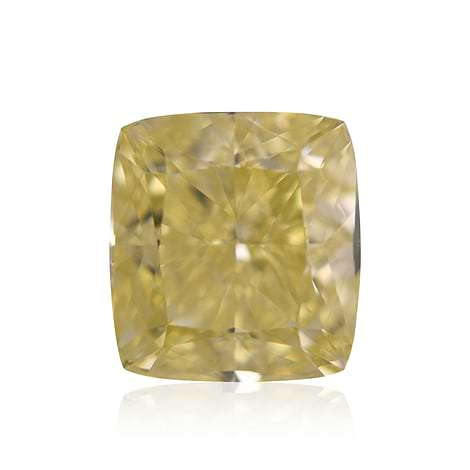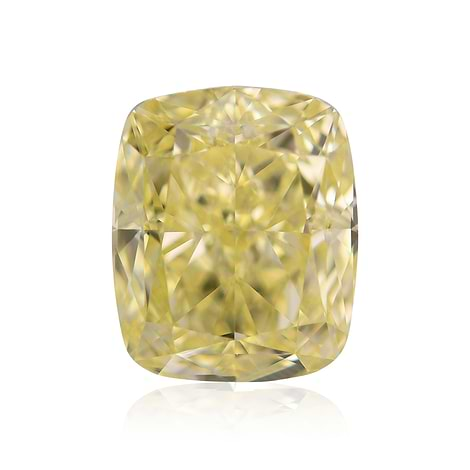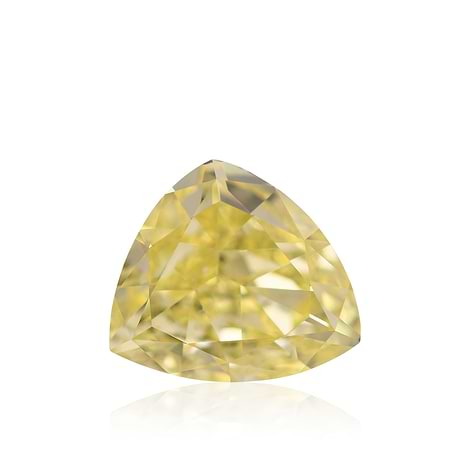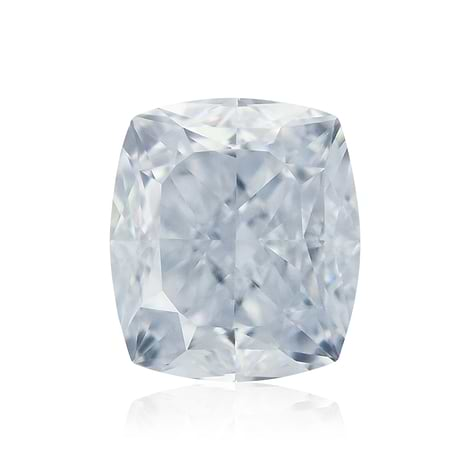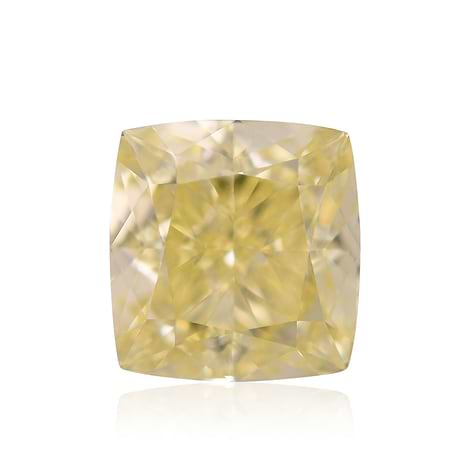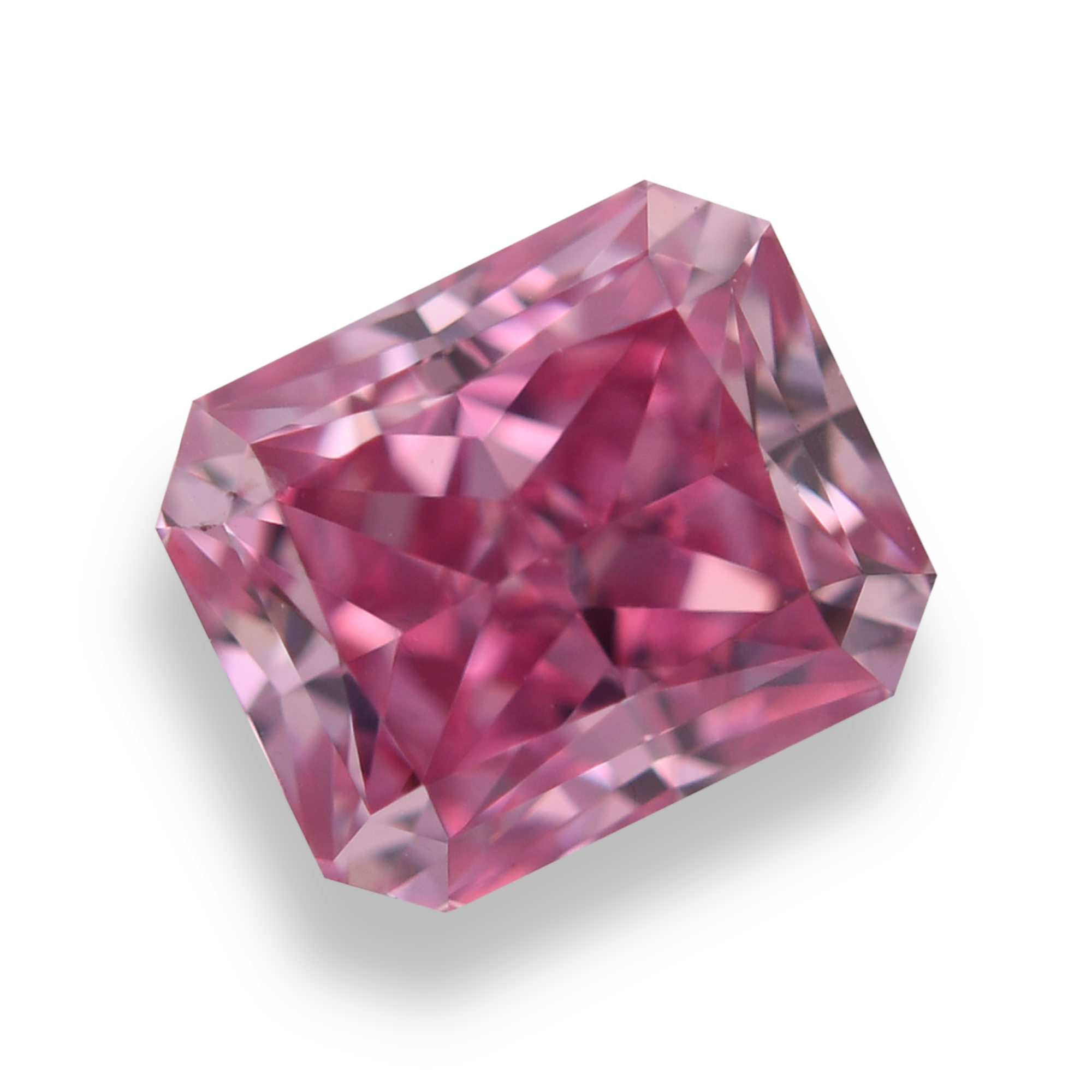Most people know that natural diamonds are mined from the earth’s surface, but many individuals may be less familiar with the way in which these diamonds are found. Understanding a bit about where and how diamonds are formed can help guide us in terms of the diamond discovery process. Diamonds form in select sections of the earth’s mantle, some up to even 90 miles beneath the surface. It is the environment in which they are, the extreme temperatures and intense pressure, which cause diamonds to be. Over time, volcanic eruptions brought these beautiful stones close enough to the earth’s surface, within kimberlite and lamproite pipes. If is from these that we mine them. In simple terms, diamonds are found by locating areas that have experienced volcanic activity. Having said that, some large kimberlite rocks have been washed away by rivers and streams, bringing diamonds to other locations as well.

Leibish inspecting a diamond
Rarity of Diamonds
It may seem as though diamonds are abundant, given how popular they are and how many knockoffs have popped up everywhere, but in fact, diamonds are quite rare. Their formation process should be enough to make one understand how complex they are, however there is even more to diamonds that will make you see their rarity for what it is. The fact that diamonds were created over billions of years is not the only thing that makes them unique. Their grueling journey to the surface through extraordinary volcanic activity landed them in just a few locations around the world. With all the landmass out there on our planet, there are only 50 functioning diamond mines. That should definitely put diamond rarity into perspective. Not only are there so few mines, but they are also located in far-out rural locations.
Siberia's Udachnaya diamond mine: Image courtesy of Wikipedia Stepanovas (Stapanov Alexander)
Discovering Kimberlite
Knowing that diamonds are found in volcanic areas is not enough to locate diamonds. In order to get closer to the diamonds, kimberlites deposits need to be discovered. With the help of geologists, areas that are most likely to be rich in kimberlite can be detected, but it takes discovering many diamond-filled kimberlite rocks in order to deem an area mine-worthy. The whole process is extremely lengthy and expensive.
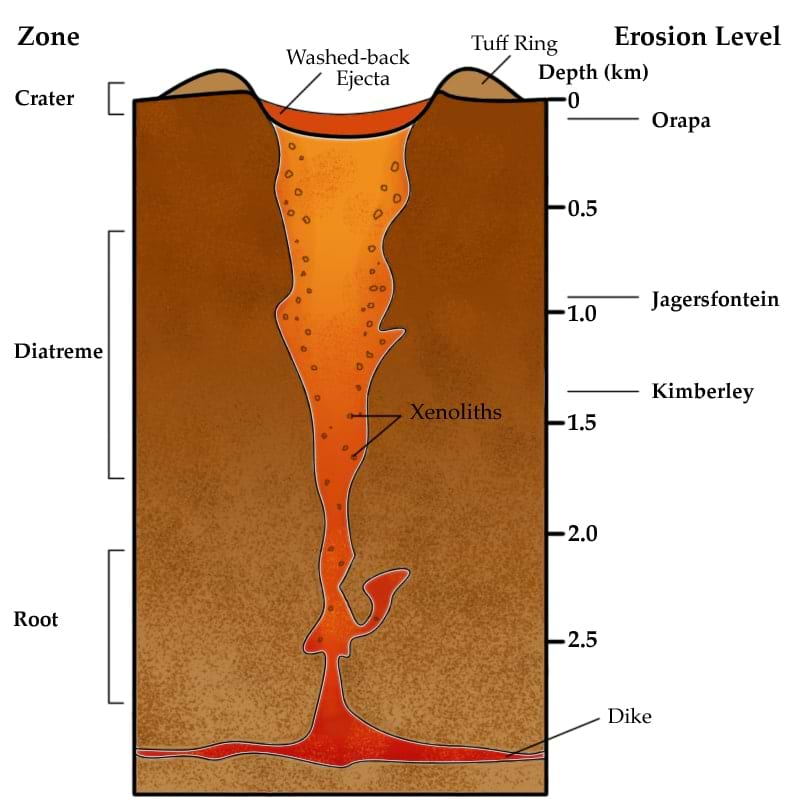
Schematic diagram of a volcanic pipe
Image courtesy of Asbestos [CC BY-SA 3.0 (http://creativecommons.org/licenses/by-sa/3.0)], via Wikimedia Commons
Gem Quality Diamonds
Finding a gem quality diamond is truly like finding a needle in a haystack. Even after kimberlite has been discovered and has proven to contain diamonds, those stones must meet certain standards. Not all diamonds are gem quality. Many diamonds have the wrong color, too many inclusions, or are too small. All of these factors contribute to the rather steep diamond prices.

Natural brown diamonds
Uncovering diamonds is a huge ordeal. It is not for nothing that the diamond industry is colossal. Beginning from extremely technical mining logistics to very knowledgeable and experienced diamond cutters and gemologists to talented businessmen and jewelers, diamonds must pass through several hands before it can finally rest on your hand or that of your better half. This is most certainly something to bear in mind while shopping for the ideal diamond. Always remember that the true beauty of a diamond lies in its past, and that the human hand has only a small part in its creation. Natural is often the most beautiful, but it can also demand the most to completely reveal and unlock its entire beauty.
